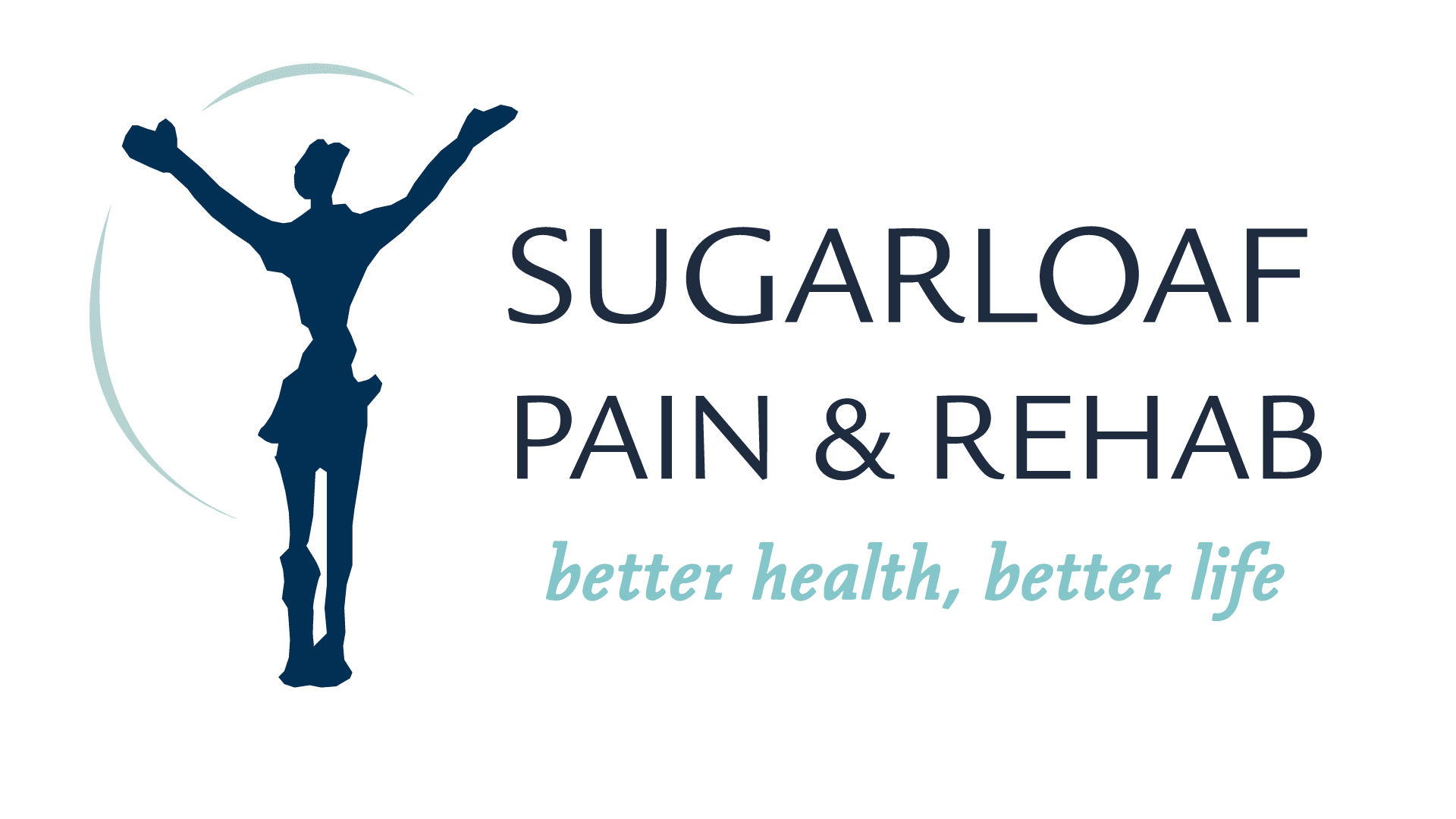Graston
Technique
A form of instrument-assisted soft tissue mobilization (IASTM) that enables clinicians to effectively address scar tissue, fascial restrictions and range of motion through comprehensive training, resulting in improved patient outcomes.Graston Technique is clinically proven to achieve faster and better outcomes for acute and chronic conditions such as Achilles Tendonitis, Carpal Tunnel, Adhesive Capsulitis, IT Band Syndrome, Lumbar Strain and Plantar Fasciitis.
The Graston Technique is a form of manual therapy used by some healthcare providers, including chiropractors, physical therapists, and occupational therapists. It is often employed as part of a treatment plan for soft tissue injuries and musculoskeletal conditions. The technique involves the use of specially designed stainless steel instruments to perform deep tissue massage and myofascial release.
Key features of the Graston Technique include:
Instrument-Assisted Soft Tissue Mobilization (IASTM): Graston Technique practitioners use specialized instruments with various shapes and edges to identify and treat areas of soft tissue dysfunction. These instruments are typically made of stainless steel and come in different sizes and shapes, allowing therapists to target specific areas with precision.
Detecting and Treating Scar Tissue: One of the primary goals of the Graston Technique is to detect and break down scar tissue and fascial restrictions in soft tissues, such as muscles, tendons, and ligaments. This is believed to help improve tissue mobility, reduce pain, and enhance healing.
Improved Blood Flow and Healing: The Graston Technique is thought to stimulate blood flow to the treated area, which can aid in the body’s natural healing processes by promoting the production of collagen and the removal of damaged tissue.
Range of Motion and Pain Relief: By addressing soft tissue restrictions and adhesions, the technique aims to improve a patient’s range of motion and reduce pain associated with conditions like tendonitis, ligament sprains, and muscle strains.
Complementary Therapy: The Graston Technique is often used in conjunction with other rehabilitation and physical therapy methods, including exercises and stretching, to optimize treatment outcomes.
Training and Certification: Healthcare professionals who use the Graston Technique typically undergo specialized training and certification to ensure they use the instruments effectively and safely.
It’s important to note that the Technique is considered a complementary therapy and is not a standalone treatment for all conditions. Its effectiveness can vary depending on the specific injury or condition being treated and the skill of the practitioner. As with any therapeutic approach, it is advisable to consult with a qualified healthcare provider to determine if the Graston Technique is appropriate for your particular situation.
Patients considering the Graston Technique should also discuss the treatment plan, potential risks, and expected outcomes with their healthcare provider or therapist before starting therapy. Additionally, it is essential to ensure that the practitioner is properly trained and certified in the technique to ensure safe and effective treatment.
